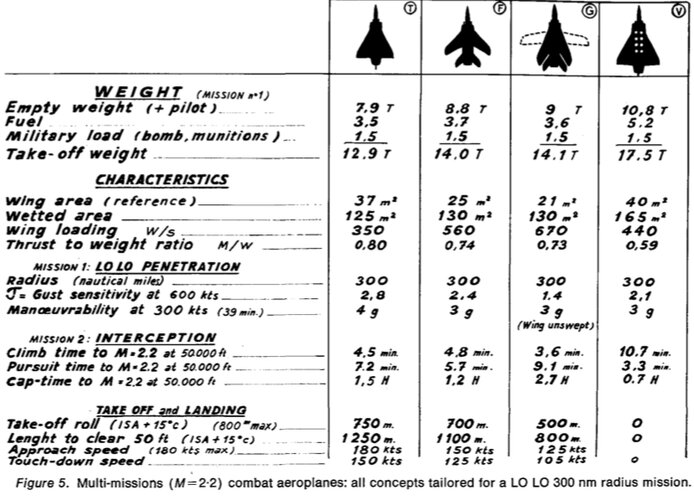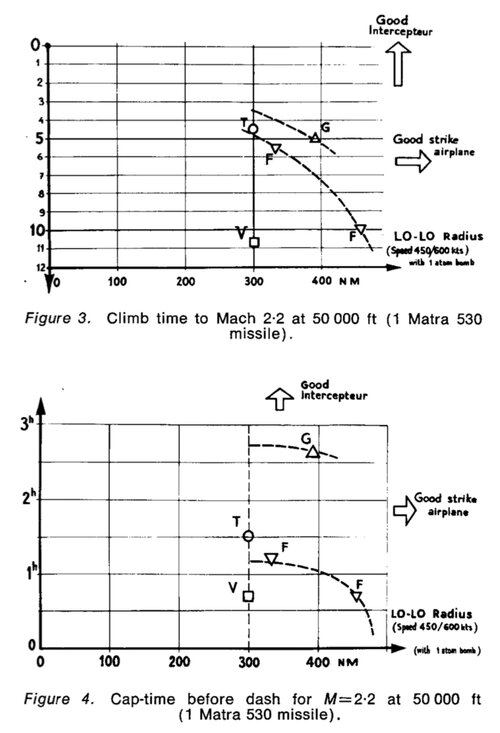That would have been pretty interesting to see Lightning F.8 as a Phantom alternative. It had the motors to be equivalent, and a further extension of Lightning just begged for Speys. A short fuselage extension adds room for a larger all-moving tail. Getting the Phantom's
AN/AWG-11 into its nose probably requires a nose extension and perhaps a scoop intake under the radar, like the American XF8U-3. Maybe even side intakes but I'm sure the preference was for none. Front landing gear probably needs to turn around to rotate from the back. Lightning's wing was proven and if you changed anything here it was redesign to use modern technology to strengthen and lighten it. Jaguar's tapered box design for the bottom of the fuselage could have been used to minimally widen the rear to mid body of the fuselage while giving space for landing gear to shift rearwards and out of the wing. Getting landing gear out of the wing gives you pylon space you never had before. But the tapered box also gives you room to widen the fuselage from nose to tail without becoming overly wide. More internal volume for equipment and fuel. Surface space for adding sensors and transmitters without doing design gymnastics. Retains general rugged look of the original Lightning but grows internal volume to compete with any Phantom design. It also gives you the natural box-corner extensions from the fuselage for an internal gun or two like on Jaguar or Tornado.
I liked the 'tall' layout of the Lightning. It certainly was the equivalent of a Phantom before there ever was a Phantom. I just think its design got held back. It easily could have been the heavy multi-role of Europe aircraft with some more good ole British out of the box thinking. They certainly had the engineering to build their own carrier version. Perhaps your rudder has to fit into a shorter hangar so the all-moving tail and tall rudder gets replaced with an H-tail.


